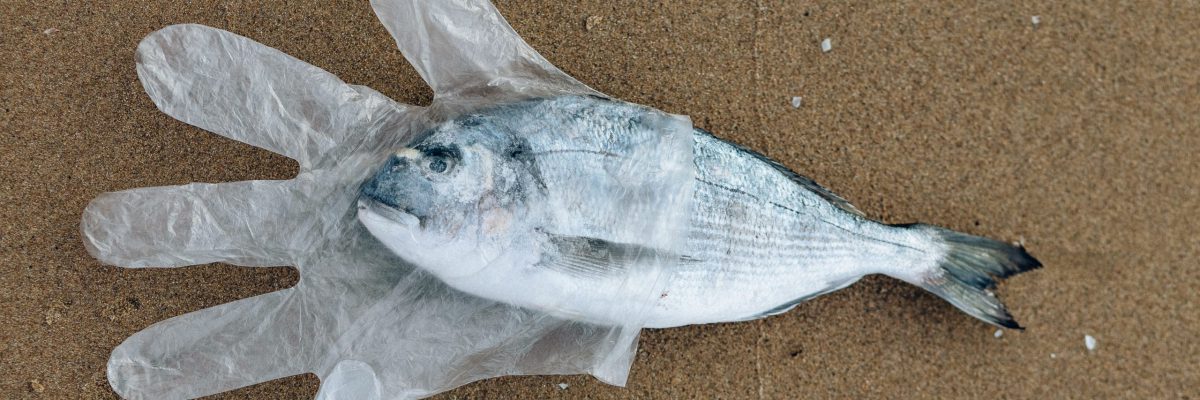In what has been known as microplastics or ‘plastic-soup,’ to pollute the ocean waters and threaten marine life, has now been discovered as far more damaging than previously thought. Rivers are always in motion and researchers of plastic pollution had previously assumed that because of the lightweight of microplastics, they would quickly flow through rivers, passing through riverbeds and straight into ocean waters. This assumption was also made on the basis that microplastic pollution is more visible in oceans. This assumption has since been realized to be a dangerous mode of thought, as it allowed scientists and researchers to overlook the other areas of water systems of which microplastics could trickle into. It is now known that no body of water is immune to plastic pollution, with plastic fibers littered everywhere near and far. With a new model, the researches discovered that in fact, microplastics stay longest in a river or stream area from up to seven years per kilometer. Organisms and ecology in these areas will most likely ingest the plastics, which threaten the health of the ecosystems. The stationary of the microplastics were shortest in large creeks, and longest in smaller creeks. With this information, it is better understood that with the damage of microplastics to river ecosystems, in addition to oceans, the intervention to mitigate and restore freshwater ecosystems will take much longer than expected. Reachers hope that moving forward, they can study the long-term impacts of microplastic pollution on the freshwater systems.
Photo by: Naja Bertolt Jensen





